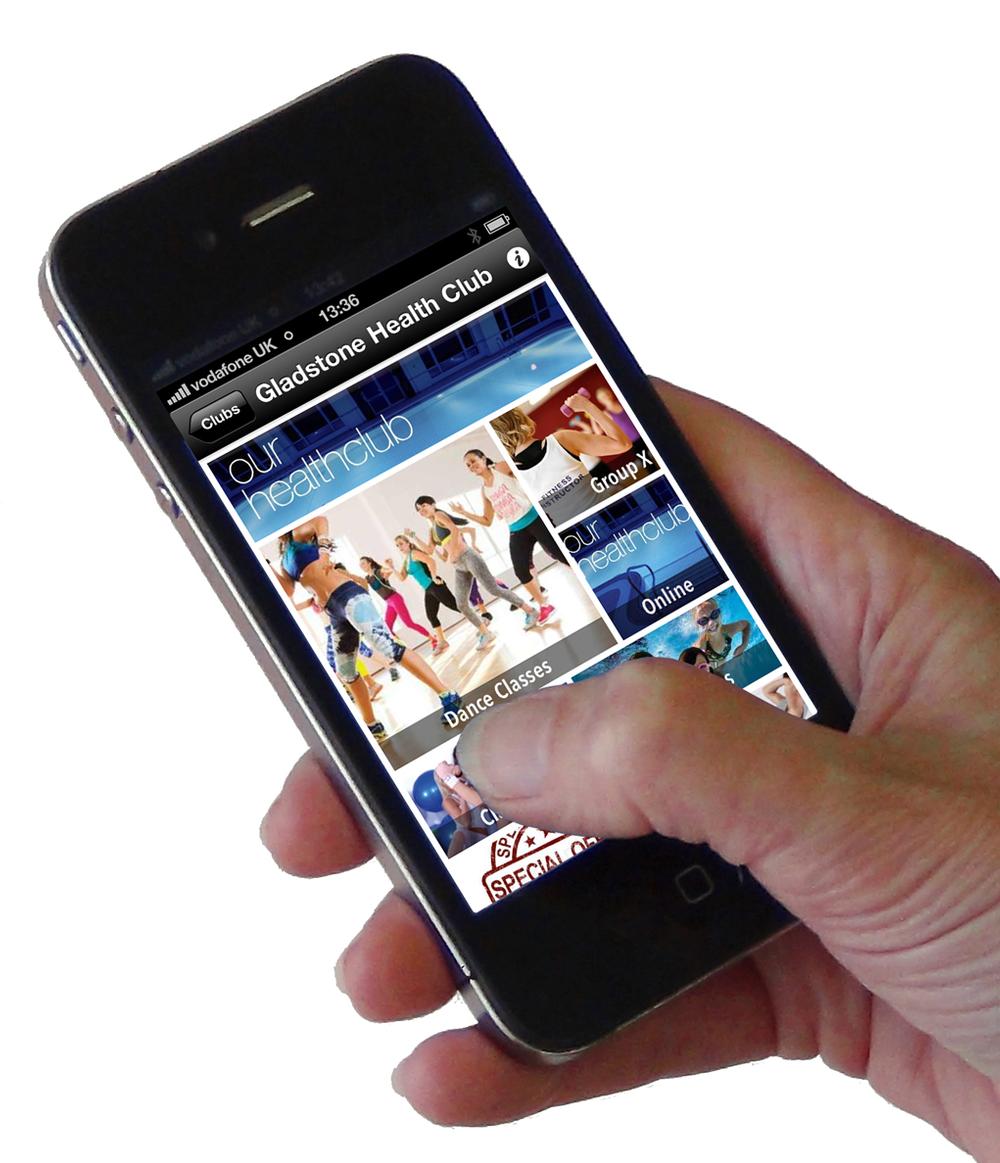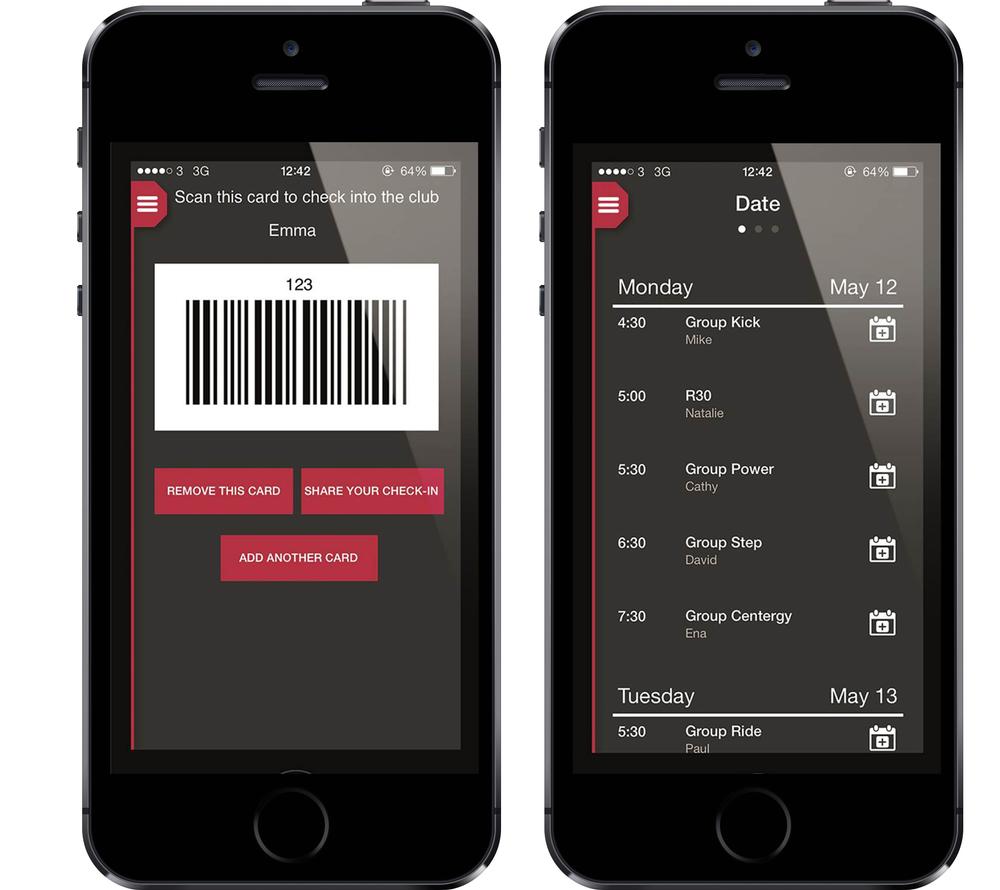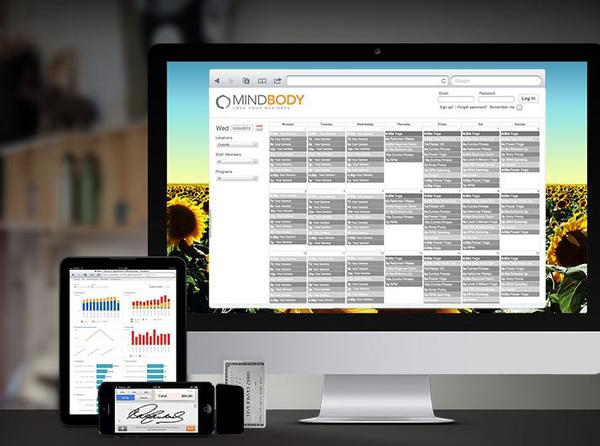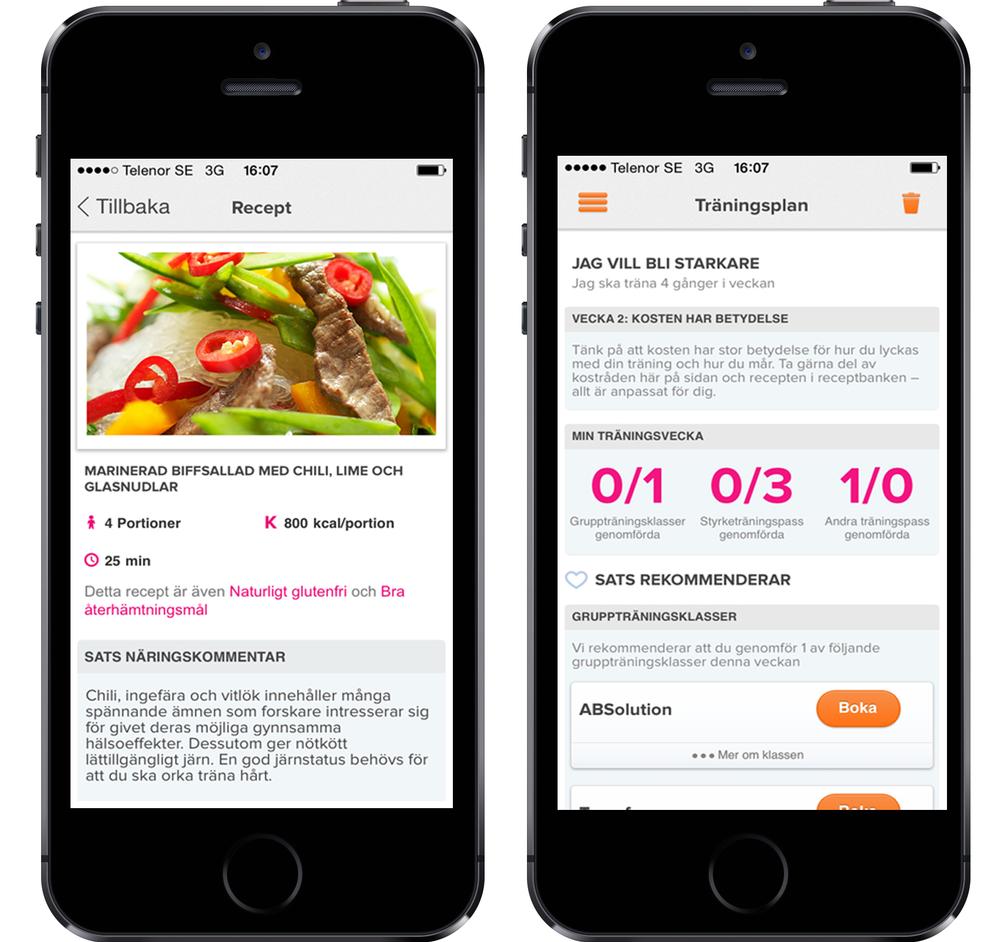Recent research from US analytics firm Flurry shows that US consumers are spending longer on their phones – an average of two hours 42 minutes a day, compared to two hours 38 minutes in March 2013. Within that, apps account for up to 86 per cent of daily phone use – equating to two hours 19 minutes. Meanwhile, according to web analytics provider Stat Counter, in 2013 the share of mobile website browsing had grown to 21.6 per cent of all global browsing, at the expense of desktop and laptop browsing.
The fitness industry has already experienced a huge growth of web-based systems and services in recent years, particularly in the area of booking systems and online joining. But with data from companies like Flurry and Stat Counter indicating that consumer use of apps is continuing to grow, what app technology is available?
Mobile bookings
Earlier this year, Gladstone Health and Leisure launched MobilePro, a new smartphone app enabling operators to stay better connected to their customers and boost online transactions. The application can be customised, enabling operators to add any number of information pages to market their site to prospects, as well as update members with news, promotions and new activities or facilities.
West Country leisure trust 1610 is an early adopter of the MobilePro app. “With 60 per cent of our web users now viewing our site through their mobile or tablet device – and this figure growing month-on-month – we needed our own mobile app to keep up with our customers’ needs,” says Rebecca Sawtell, head of marketing and communications. “MobilePro is quick and easy to navigate, so we hope it will encourage more people to book and pay through this channel, easing the pressure on our front-of-house team.”
Michelle Schwick, leisure systems co-ordinator at Huntingdonshire District Council – which has also taken on MobilePro – adds: “The app helps people on the move to quickly book at their convenience. Within seconds of showing it to a customer, they had downloaded it and started booking classes.”
MobilePro also allows customers to interface with social media sites, sharing their activities and giving even more exposure to individual health clubs and leisure centres.
Tom Withers, sales and marketing director at Gladstone, says: “We think the smartphone might just be the most powerful sales and service tool available to support today’s forward-thinking leisure operator. As well as a great communication tool with voice, text and email in your pocket, a member’s smartphone is both a social media portal and a mobile shopping basket. With this in mind, we created MobilePro to help clubs stay connected to their customers and let them purchase on the move.”
Meanwhile, Serco Leisure has implemented Legend Club Management Systems’ mobile application for online bookings. Developed by Legend to make it much easier to book classes and courts via smartphones, the app is offered to customers as a free upgrade to its online services.
Serco members could already make bookings online, but having examined the statistics, Serco noticed that 30 per cent of the traffic to its website – in particular the booking pages of the site – was coming from mobile browsers.
During the initial trial of the app in three of its leisure centres, Serco saw a significant increase in the number of mobile bookings – in particular Harborough Leisure Centre, where there has been a 25 per cent increase. The app has received such positive feedback from members that Serco is now rolling the solution out nationally.
?The mobile app is also fully integrated with the core Legend database, so Serco can see who books via the app, enabling it to build a better view of members’ behaviour and provide continuous improvement in the way its services and customer service are delivered.
Sean Maguire, Legend MD, says: “We’re seeing a channel shift in front of our very eyes. Mobile apps are a vital way for leisure operators to further improve customer service and at the same time enhance data integrity and business intelligence. In fact, mobile is the key to another very important objective: seeing a step increase in the take-up of self-service initiatives.”
Broader functionality
Many other software providers now have apps available. ClubWise, for example, has an app called CW4Members, which allows members to book PT sessions and classes by activity or by specific trainer. They can also manage their sessions by seeing how many they have booked, attended and how many they have left in any multi-session packages they may have purchased. In addition, they can refer friends, linking to ClubWise’s member rewards scheme (for every friend the member refers, they receive £1 off their monthly membership for as long as their friend is a member of the club) and then view referrals and see how much they are saving. There’s also an option to view and amend personal details, view account statement and contract details, and communicate with the club by requesting a call or sending feedback.
MINDBODY also provides an excellent consumer-facing mobile app that allows club users to easily find, book, pay for, review and share any class, all through one log-in. It also offers a club management app called MINDBODY Express, which enables club owners to manage everything – scheduling, clients, reporting, payroll, swiping credit cards, and so on – from their smartphone.
TAC’s (The Assistant Company) Club Assistant mobile app offers several features to make club management easier. These include a walk-in web contract form for walk-in prospects or guests, class reminder and staff calendar reminders. Combined with the TAC web shop, the mobile app also facilitates the booking of personal training, classes and sale of products. It also includes gift certificate downloads.
And The Retention People released an app earlier this year called Mobile, which provides a platform for clubs and leisure centres to engage with customers wherever they are. Features include specific club/centre branding and a smartphone membership barcode (replacing a membership card).
There’s also space for a group exercise schedule alongside Fit Friends, whereby clubs can connect members with each other via a group messaging system. Other functionality includes customer loyalty surveying, an option for members to apply for guest passes and customisable promotions, plus YouTube channel integration, social media links, and a QR code scanner for customers to access more information about the club/leisure centre online.
A paradigm shift
Meanwhile, low-cost operator Xercise4Less – working with PT management software specialist Fisikal and Fisikal’s powerful mobile phone app – has produced an excellent tool that enables Xercise4Less members to book classes, message PTs, book PT appointments, keep nutrition and exercise journals and more, all through the app.
Xercise4Less CEO Jon Wright comments: “We wanted to create a strong brand connection, with an app that would give Xercise4Less members important functionality and excellent service. Our first generation app has been well received and shows fantastic use. For example, we’ve had over 3.1 million screen views and from those, over 326,000 appointments booked in just the first three months of 2014.
“We’re now working with Fisikal to release a second generation app that will include the ability to phone-download QR-coded fitness programmes, currently only available through the Xercise4Less website.”
Fisikal CEO Rob Lander adds: “We’re seeing a real paradigm shift in fitness programming and management. While we’ve enjoyed good success with online booking and programme and service consumption through websites, mobile phone apps offering the same functionality have already well outstripped website equivalents.”
Third party involvement
But app development doesn’t always have to be off-the-shelf from a specific software provider. Some software providers allow an encrypted API (application processing interface) library to exist, whereby third party software systems are also able to push and pull certain sets of data through the API library and into the app.
This makes for a lot more flexibility and a broader functionality in the app, as different software systems within the club are able to work together – for example, club management software and fitness management software – sharing information between them in order to deliver a more extensive, customised app that’s bespoke a particular fitness club or group.
That all sounds very technical, but in a nutshell, the API library acts like a portal or bridge between separate software systems in the club. It pushes and pulls data between the app and the various software systems to provide much broader app functionality than would otherwise be possible.
European club management software house Exerp has a software platform that includes a comprehensive API with which third party systems can easily integrate. Jacob Nathan, head of sales at Exerp, says: “With the Exerp API, our clients are in full control of their member experience. The API gives them the opportunity to build a tailored app which, in turn, delivers a competitive edge over off-the-shelf apps.”
An example of this comes from Scandinavian operator SATS – Europe’s third largest health club group with 116 clubs, over 260,000 members in Norway, Sweden and Finland and more than 4,000 employees.
Working with the Exerp API, SATS has created its own dedicated smartphone app. This has a wide range of bespoke features that draw on data not only from Exerp’s club management software, but also from the operator’s fitness management software system.
As a result, in addition to more common features such as class bookings, the app also offers members things like ‘own training’ – which enables a member to plan and log all of their training, in or outside their SATS club – and ‘my training’, which allows members to use training log graphs and statistics to follow their progress. There’s also a recipe bank and dietary advice, as well as a training programme, whereby members can view their recommended training programmes and exercises directly on their phones. Much of this functionality is based on data not from Exerp, but from the clubs’ fitness management software system.
Adam Perman, SATS’ Nordic webmaster, says: “Initially the SATS app was made for members who attended our group training classes. We could see they were using the booking system to keep track of their bookings and plan their training. The app made it possible to book new classes and stay in control of their training, at any time and wherever they were.
“We’ve made major improvements over the years since the first app, and working with Exerp we’ve released new features both to improve the experience of the app and also to attract a broader user group among our membership base.
“A year and a half ago, the app surpassed our website in terms of visits, and that number is increasing continuously. We currently have over 200,000 users across three platforms – iPhone, Android and Windows – and in three languages: Swedish, Norwegian and Finnish.”
Way of the future
Apps are fast and easy for customers to use, and their popularity continues to grow, with many consumers preferring native phone apps over a traditional browsing experience. There’s certainly a functionality case for health club operators to offer their members an app that’s relevant to key information and services.
Many software suppliers now have available ‘branded’ fixed app offerings, and these are clearly very effective. But another option, as highlighted by Exerp and SATS, could be to integrate multiple technologies and sources of data within a custom-built app, creating a solution that’s specific to your business and that offers additional functionality to improve the user experience.
Either way, apps are here to stay, and software providers are riding the technology wave and providing health and fitness clubs and centres with a great range of options. ?

























































